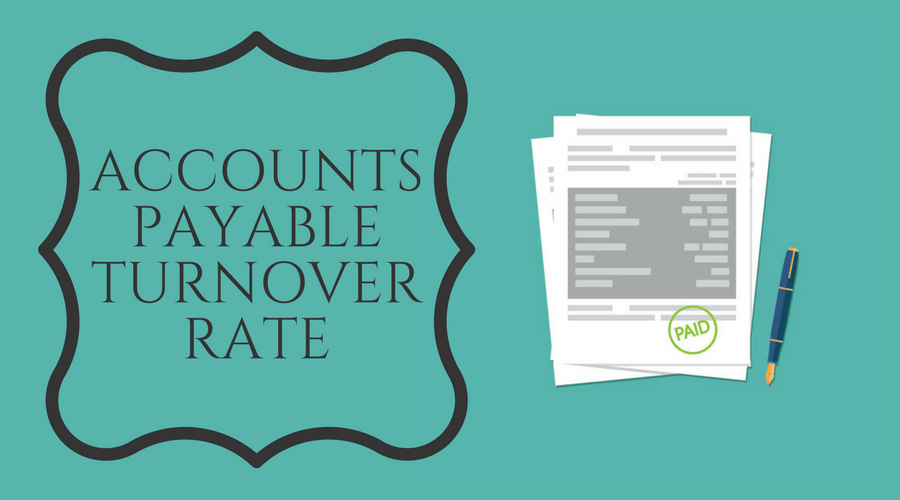Accounts Payable Turnover Rate

If you’re buying supplies and materials on credit, it’s essential to keep track of your accounts payable turnover rate. Your accounts payable turnover rate tells you how many times per accounting period (such as a year or quarter) you pay your average accounts payable amount. In other words, it tells you how quickly you’re paying off your supplies and if you’re able to meet your short-term debt obligations.
Average accounts payable
Before you calculate your turnover rate, you’ll need to determine your average accounts payable.

Examples
- If your beginning accounts payable for 2017 was $1,000, and your ending accounts payable was $4,000, your average accounts payable for 2017 was $2,500.
- If your beginning accounts payable for 2018 was $4,000 and your ending accounts payable was $5,000, your average accounts payable for 2018 was $4,500.
Read also: What Should You Include on Your Chart of Accounts?
Calculating your turnover rate
Once you know your average accounts payable, you can calculate your turnover rate.

Examples
- If your total purchases in 2017 were $10,000, your turnover rate was 4 (or $10,000/$2,500). This means that effectively paid off your accounts payable 4 times during the year.
- If your total purchases in 2018 were $20,000, your turnover rate was 4.4 (or $20,000/$4,500). It took your company less time to pay your accounts payable balances in 2016.
Average Days in Accounts Payable
If you want to express your accounts payable turnover rate in days, divide 365 days by your turnover rate.

Examples
- In 2017, you paid off your accounts payable every 91 days (365/4).
- In 2018, your turnover rate 83 days (365/4.4).
Review your accounts payable each month to ensure you’re not missing any payments. Learn more about what you should be doing each month to stay on track.


